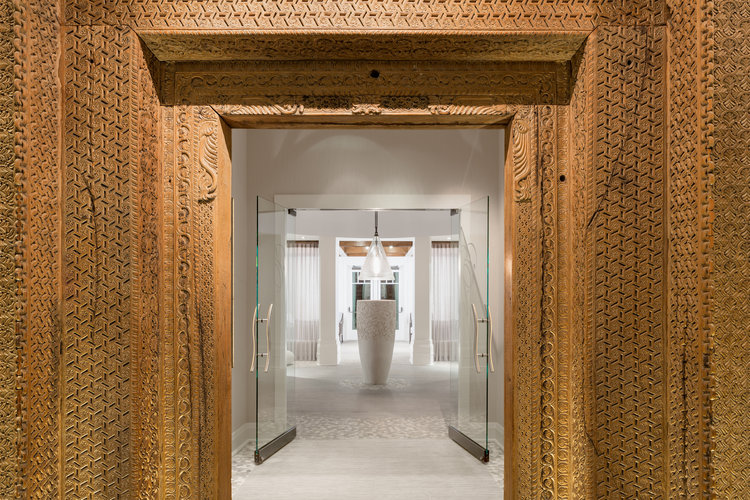The History of Wellbeing
Jack Frog, Shutterstock
A large number of brands are currently using the buzzwords "wellbeing" and "wellness" in their marketing campaigns. From healthcare facilities to beauty products, companies are promising that their product or experience will support their customers' healthy lifestyle. These words are more than a trendy marketing effort; interest in wellness and wellbeing has now created a global trillion-dollar industry.
"Wellbeing" and "wellness" are often used interchangeably but technically, they have different meanings. They do however, influence each other. Wellbeing is the experience of feeling satisfied with your life - when your mind, body and spirit feel healthy and fulfilled. In order to achieve wellbeing, you must engage in wellness practices.
The more wellness opportunities you participate in, the more your wellbeing improves.
The term "wellness" originated from the Spa industry, providing a way to market certain spa programs as preventative health offerings to appeal to a larger customer base (instead of the typical, indulgent pampering sessions used by an exclusive customer base). Wellness practices aim to improve mental, physical and spiritual health (mind, body, spirit). For example, you could join a meditation class to help manage your stress (mind), follow with a detoxifying mud wrap (body), and then head on over to a community garden to connect and bond with others (spirit). When all 3 are healthy and aligned, an ideal state of wellbeing is achieved.
Until recently, a lifestyle focused on wellbeing has been unobtainable by most. For centuries, Americans were too busy surviving to focus on their wellbeing. In the Pre-Industrial area especially, workdays were long, living conditions harsh and vacations were virtually non-existent.
Until recently...Americans were too busy surviving
to focus on their wellbeing.
Wellbeing is much more obtainable now because people have the ability, knowledge and time to achieve it. As explained by American psychologist, Abraham Maslow, it is only after you reach a number of basic needs that you can focus on the improvement of your wellbeing. This theory is explained further through the Maslow Pyramid.
Consisting of 5 tiers, the Maslow Pyramid stacks human needs in order of priority. Maslow believed that once this hierarchy of needs were met, a person could advance to "Self-Actualization", the highest level on the pyramid where they reach their highest potential and healthiest personality.
...We're kidding about the WiFi, sort of.
Today in America, our basic human needs are met almost instantly from birth and the supplemental objects, desires and rights that were once rare (such as time-off and travel) are now generally considered ordinary and standard. We quickly reach the top tier in the Maslow pyramid and are able to spend time improving our lifestyles.
How can the design of the built environment empower wellbeing?
By utilizing the right principles and practices, the design of the built environment can empower wellbeing. Americans work more than ever before, causing stress and bad sleeping habits. However, office spaces can be designed to reduce stress, improve productivity and encourage creativity. Healthcare spaces can utilize biophilic design principles to improve the healing process, while way-finding and design cues can join preventative health efforts by encouraging smarter choices at the cafeteria in an effort to establish a healthy diet for patients - even after they're discharged.
CAMA's latest hospitality project, The Emerson Resort and Spa, was renovated and rebranded as a place of respite for busy New York City residents to escape the urban jungle and unplug from the stressors of the city. CAMA created an environment that blurred the lines between the interiors of the resort with the surrounding lush Catskills landscape, immersing guests in nature and ultimately, improving their wellbeing.
The Spa at the Emerson Resort. Photo by Chibi Moku



